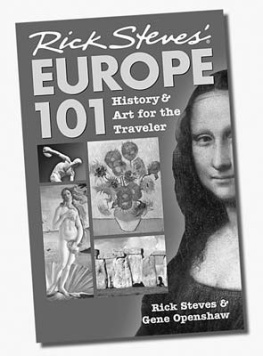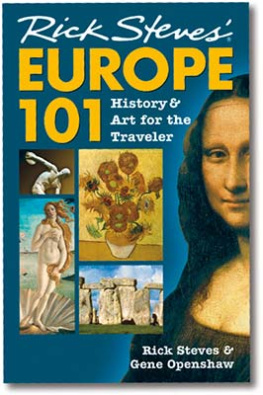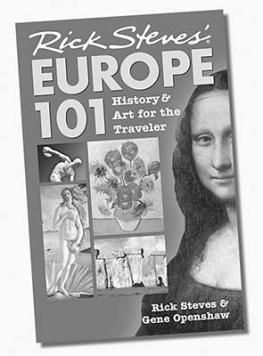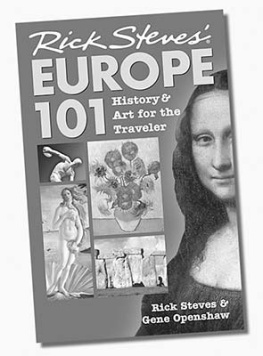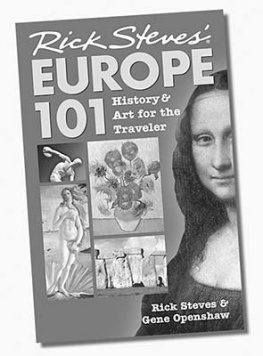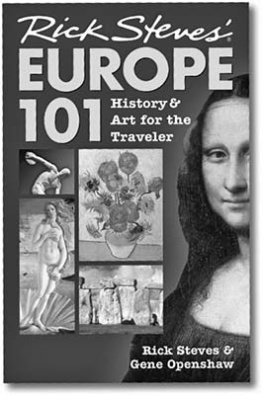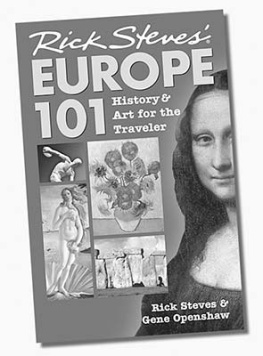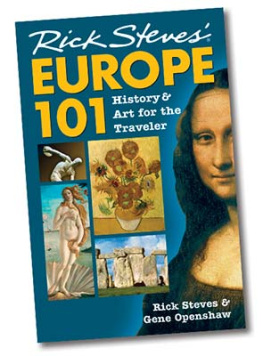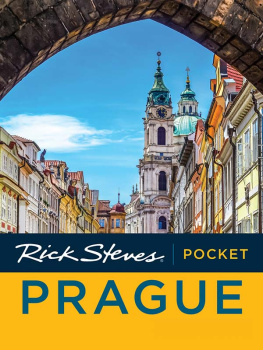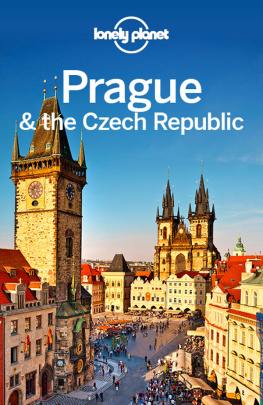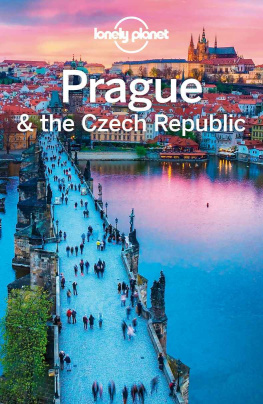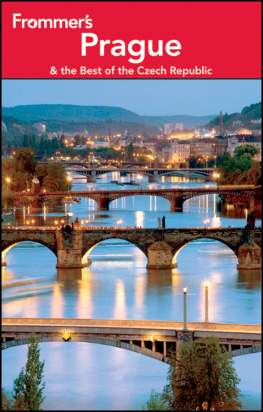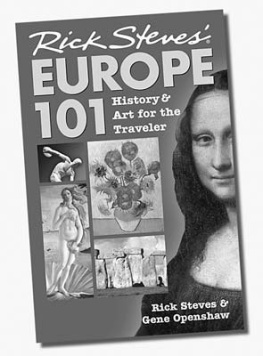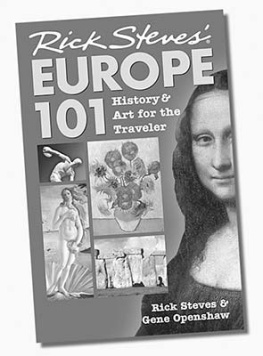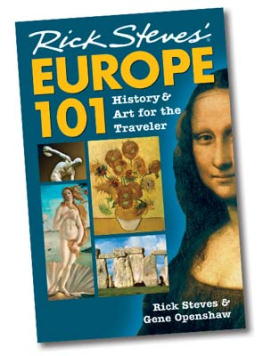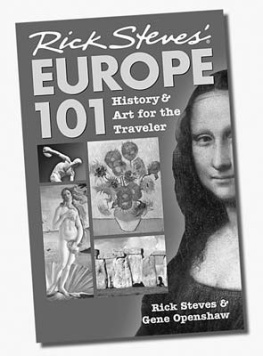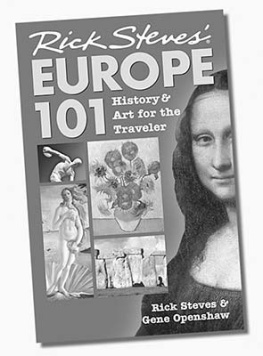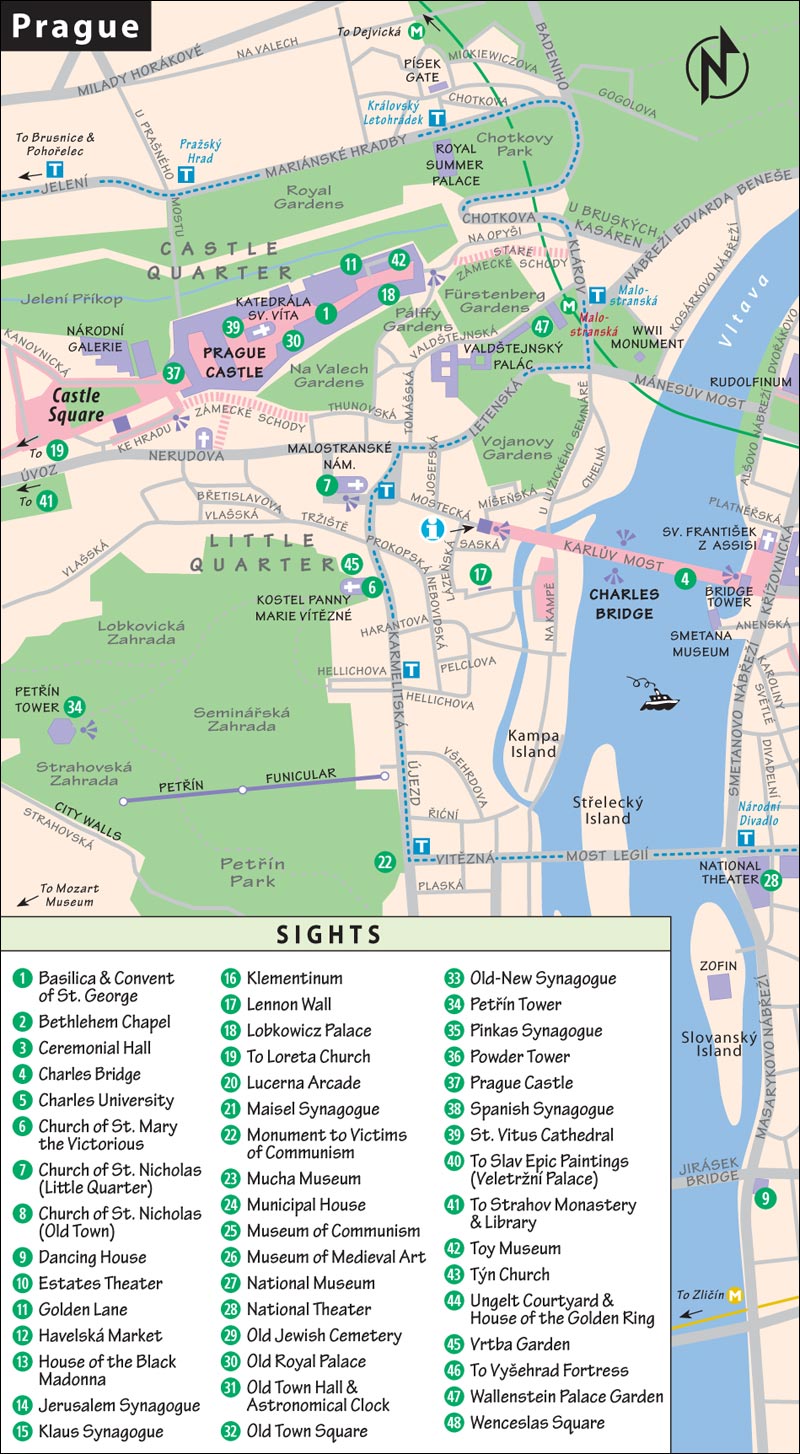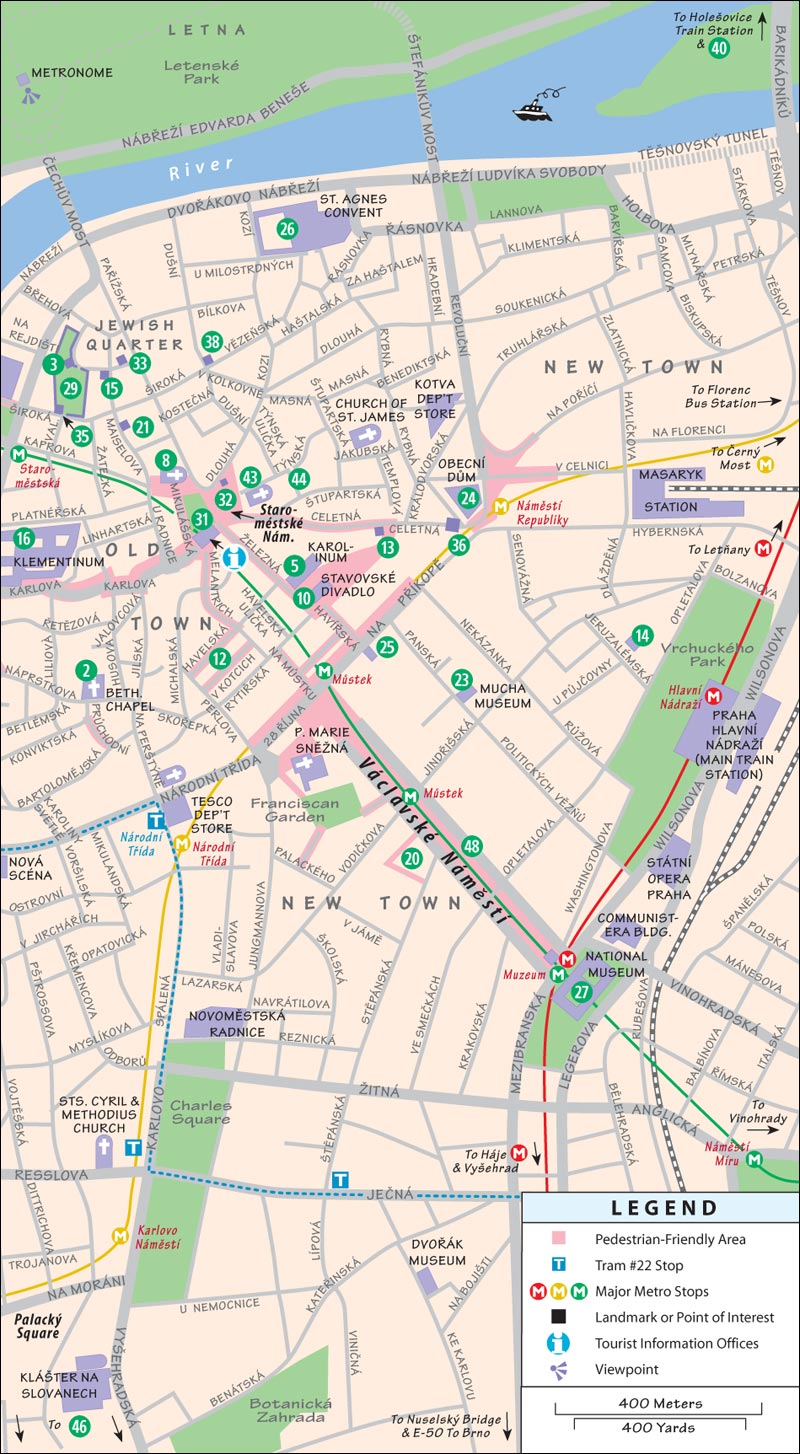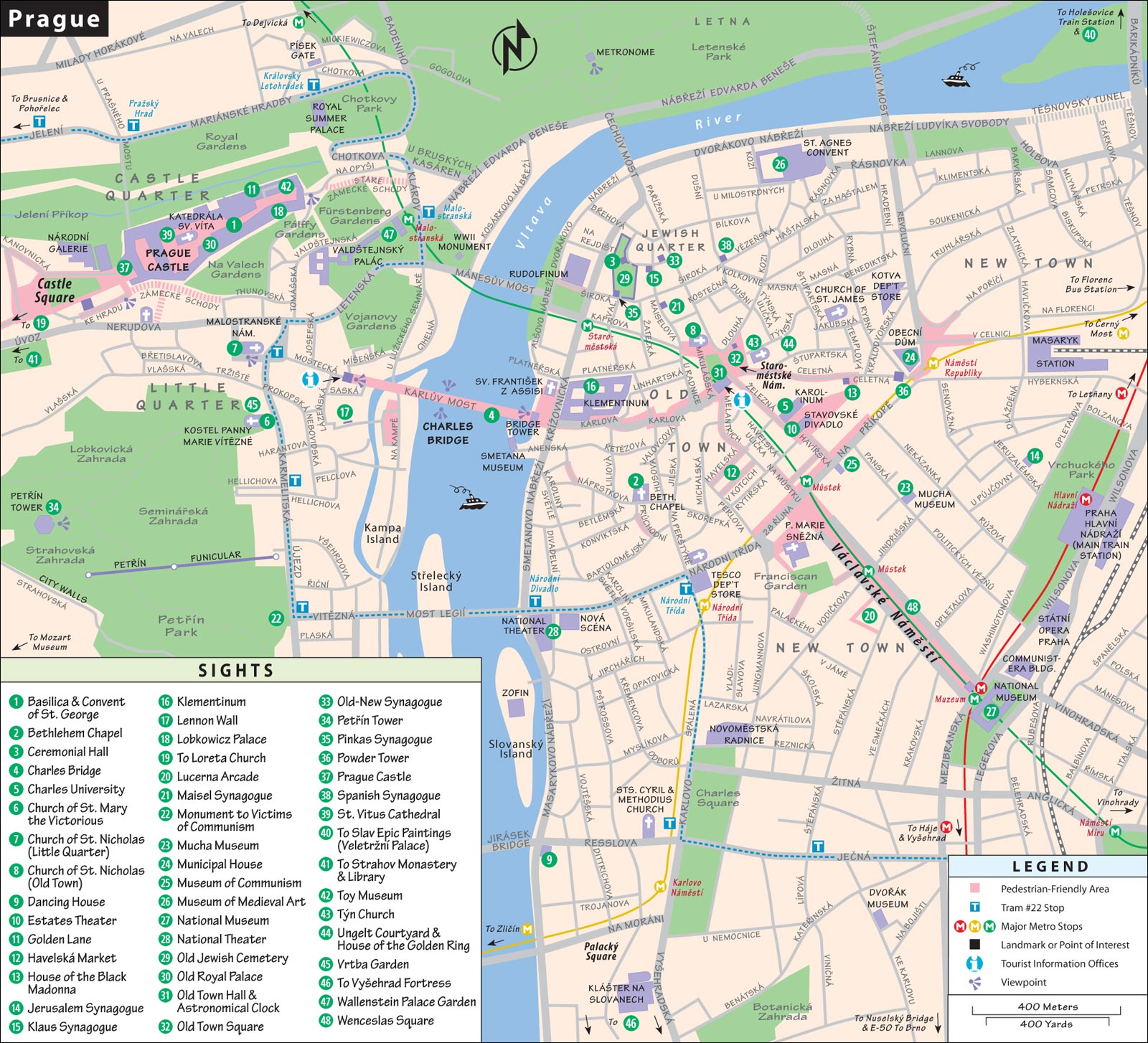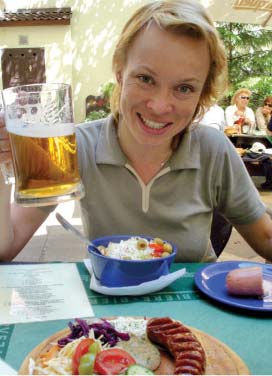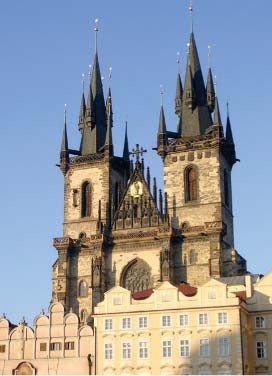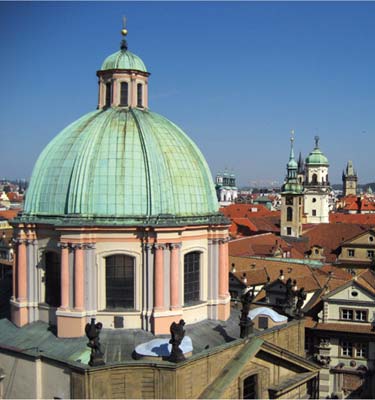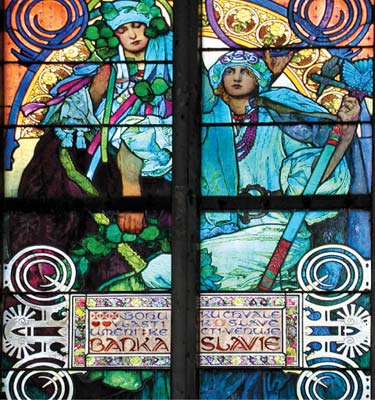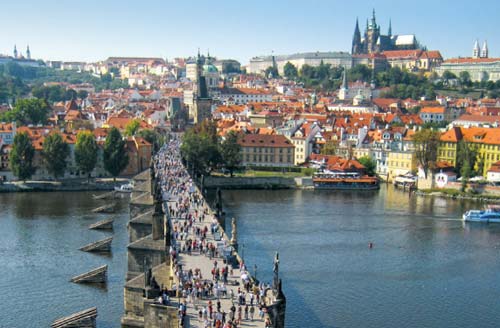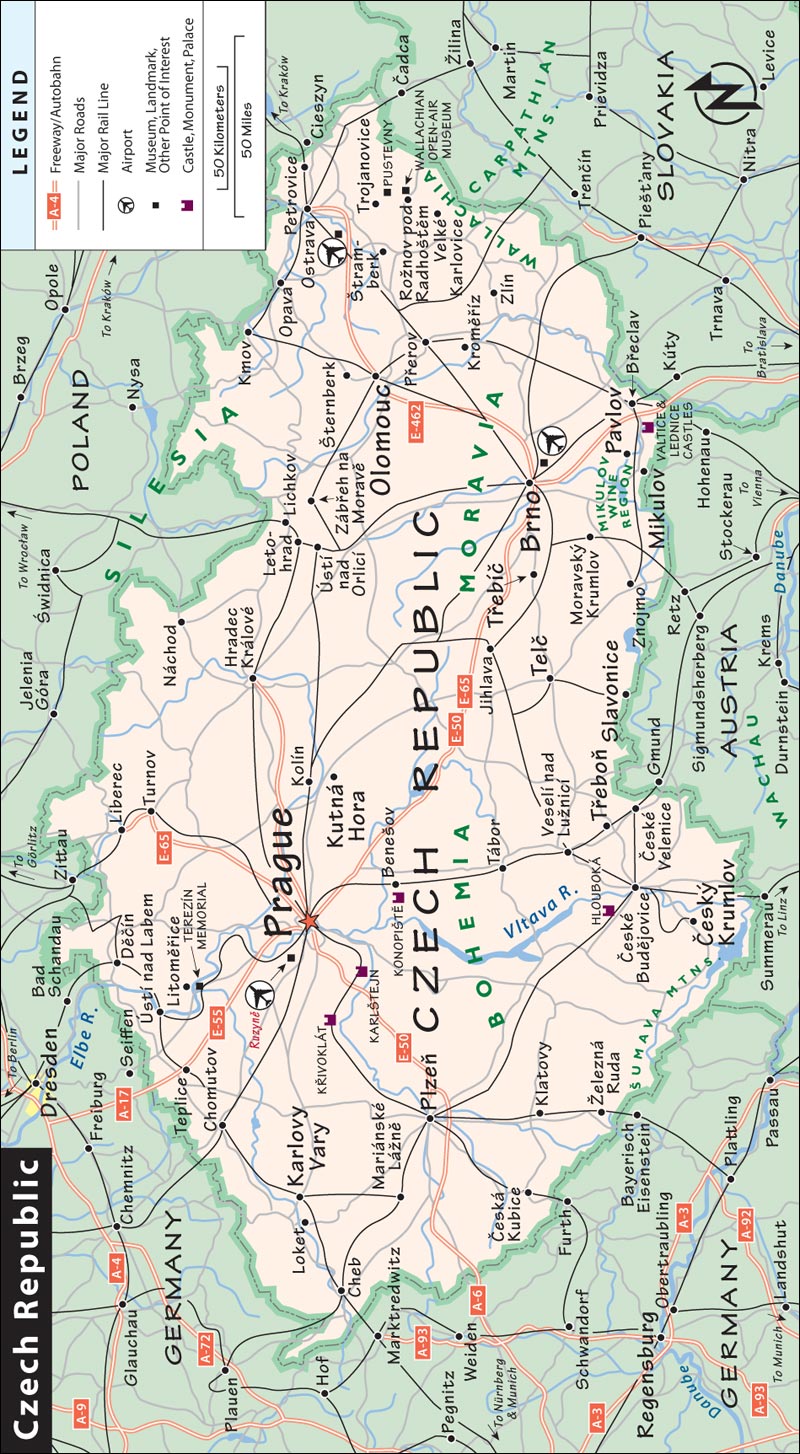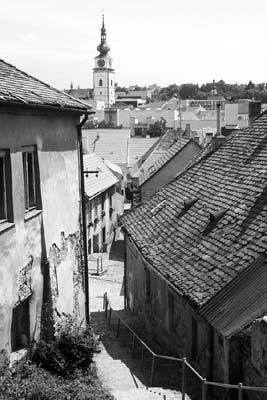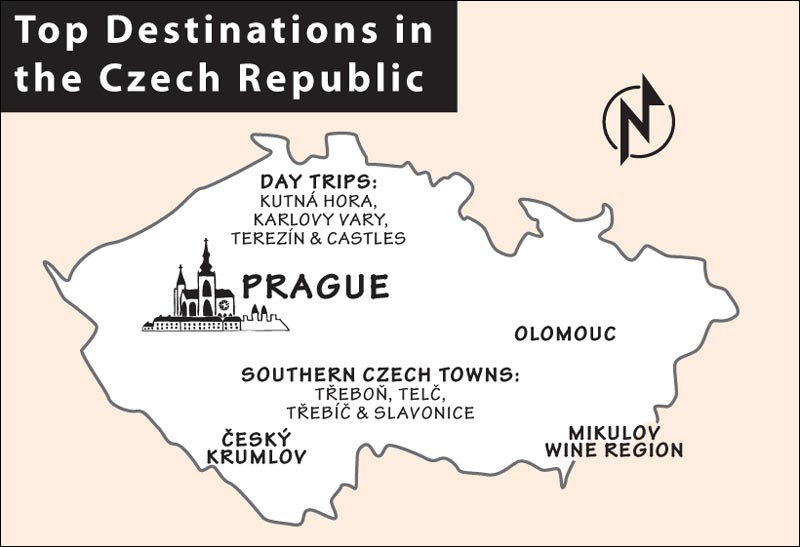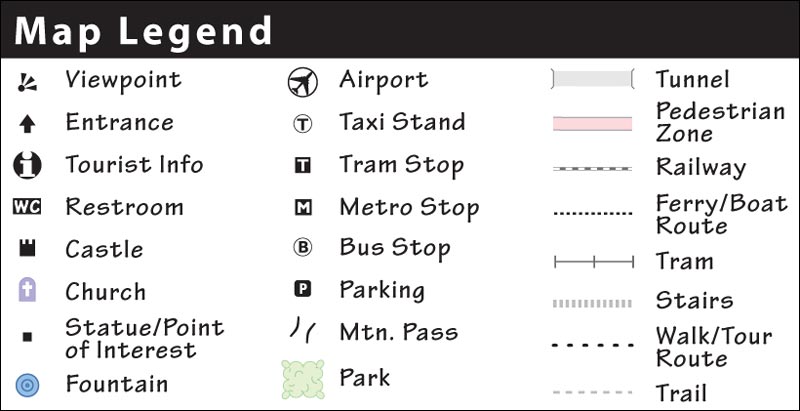Charles Bridge with Prague Castle (upper right)
Rick Steves
PRAGUE & THE CZECH REPUBLIC
Wedged between Germany and Austria, the Czech Republic is the first stop for many visitors foray into Eastern Europe. After the fall of communism, the Czech capital, Prague, quickly became one of Europes most popular destinations. Come see what all the fuss is about...but dont overlook the rest of the country. Even in a quick visit, you can enjoy a fine introduction to the entire Czech Republic.
This book focuses on Prague, but also includes my favorite small-town and back-to-nature destinations in the countryside. If you want to experience the best two weeks that the Czech Republic has to offer, this book has all the information youll need.
Experiencing Czech culture, people, and natural wonders economically and hassle-free has been my life-long goal as a traveler, tour guide, and writer. This book is selective, including only the top destinations and sights. For example, the Czech Republic has dozens of historic countryside castles, but I take you to only the best (thats Konopit, Karltejn, Kivoklt, and Lednice).
The best is, of course, only my opinion. But after spending much of my life researching Europe, Ive developed a sixth sense for what travelers enjoy.
Rick Steves Prague & the Czech Republic is a personal tour guide in your pocket. Better yet, its actually two tour guides in your pocket: The co-author and researcher of this guidebook is Honza Vihan, a Prague native who leads Prague and Eastern Europe tours for my company, Rick Steves Europe. Together, Honza and I keep this book up-to-date and accurate. For simplicity weve shed our respective egos to become I in this bookthough at times, youll know from the intimacy of some of the comments that Honza is sharing his own uniquely Czech perspective.
Use this legend to help you navigate the maps in this book.
The first half of this book focuses on Prague, following this format:
Orientation to Prague includes specifics on public transportation, helpful hints, local tour options, easy-to-read maps, and tourist information. The Planning Your Time section suggests a schedule for how to best use your limited time.
Sights in Prague describes the top attractions and includes their cost and hours.
The Self-Guided Walks cover the Old Town, the New Towns Wenceslas Square, and the peaceful, view-filled Vyehrad park.
The Self-Guided Tours lead you through Pragues most fascinating museums and sights: the Jewish Quarter, Museum of Medieval Art, Mucha Museum, Prague Castle, and Alfons Muchas must-see Slav Epic masterpiece.
Sleeping in Prague describes my favorite hotels, from good-value deals to cushy splurges.
Eating in Prague serves up a range of options, from inexpensive eateries to fancy restaurants.
Shopping in Prague gives you tips for shopping painlessly and enjoyably, without letting it overwhelm your vacation or ruin your budget.
Entertainment in Prague is your guide to fun, including a wide array of concerts and nightclubsas well as other Czech entertainment options, from the unique Black Light Theater to hockey and soccer games.
Prague Connections outlines your options for traveling to destinations by train, bus, plane, or with a private driver.
The second half of the book, Beyond Prague, is devoted to the rest of the Czech Republic. For easy day trips from Prague, consider the towns of Kutn Hora (with bone church) and Karlovy Vary (with famous spa), the Terezn Memorial (concentration camp), and three castles. Farther-flung destinations are each covered as a mini-vacation: the pretty town of esk Krumlov; a cluster of distinctly different Southern Czech towns (Tebo, Tel, Teb, and Slavonice); the youthful town of Olomouc; and the scenic Mikulov Wine Region.
Key to This Book
Updates
This book is updated regularly, but things change. For the latest, visit www.ricksteves.com/update.
Abbreviations and Times
I use the following symbols and abbreviations in this book:
Sights are rated:
| Dont miss |
| Try hard to see |
| Worthwhile if you can make it |
| No rating | Worth knowing about |
Tourist information offices are abbreviated as TI, and bathrooms are WCs. To categorize accommodations, I use a Sleep Code (described on ).
Like Europe, this book uses the 24-hour clock. Its the same through 12:00 noon, then keeps going: 13:00, 14:00, and so on. For anything over 12, subtract 12 and add p.m. (14:00 is 2 p.m.).
When giving opening times, I include both peak season and off-season hours if they differ. So, if a museum is listed as May-Oct daily 9:00-16:00, it should be open from 9 a.m. until 4 p.m. from the first day of May until the last day of October (but expect exceptions).

